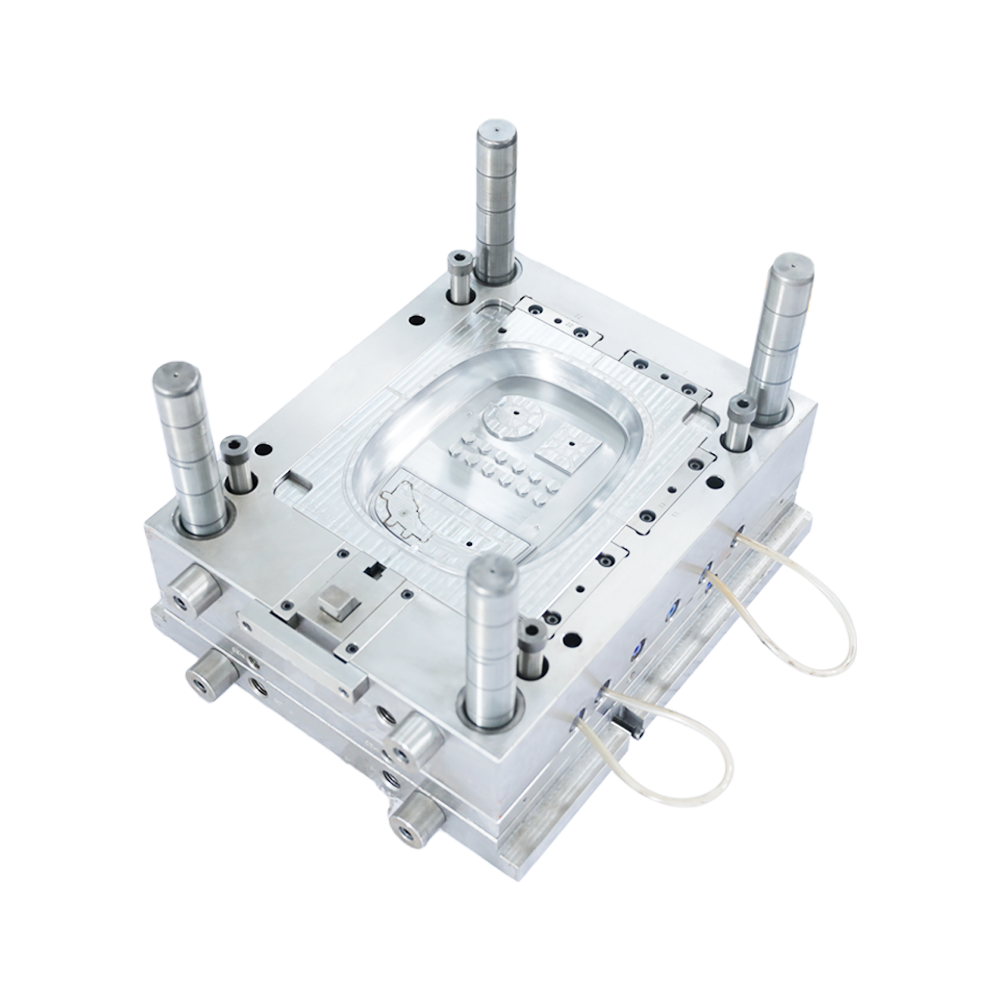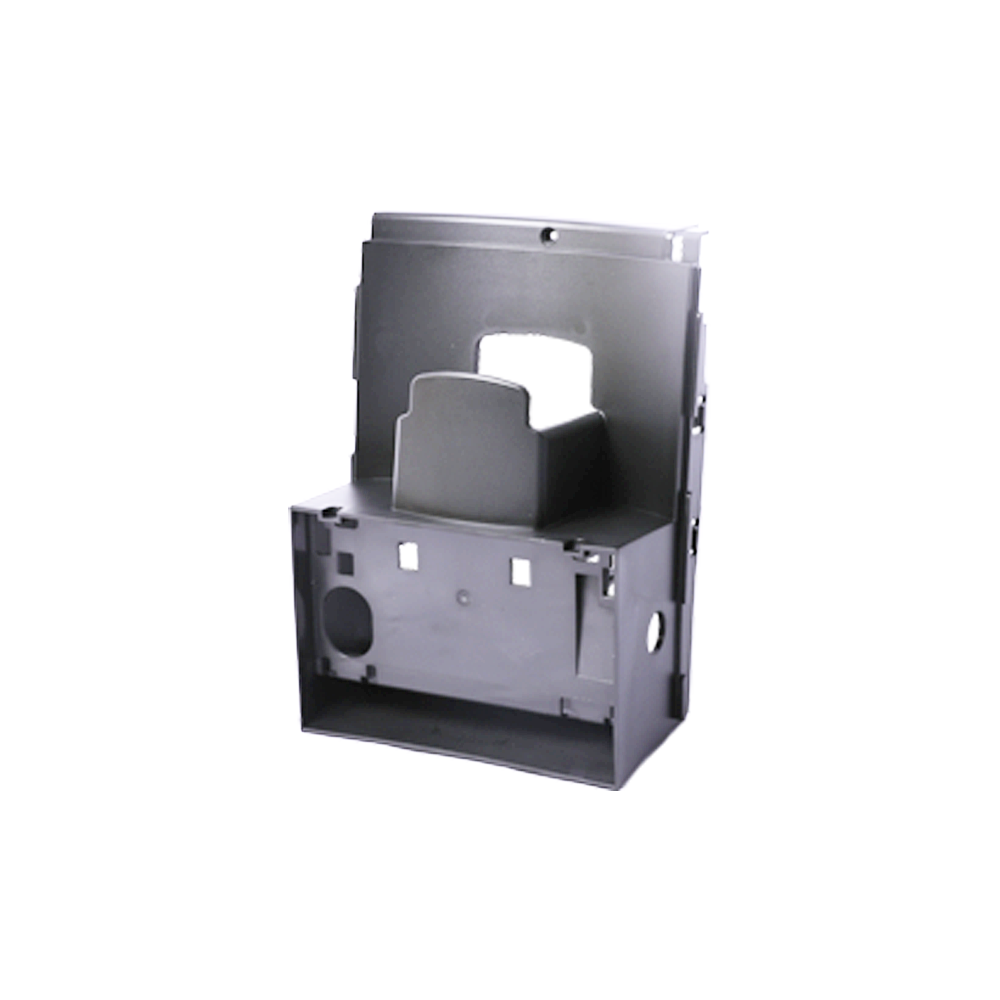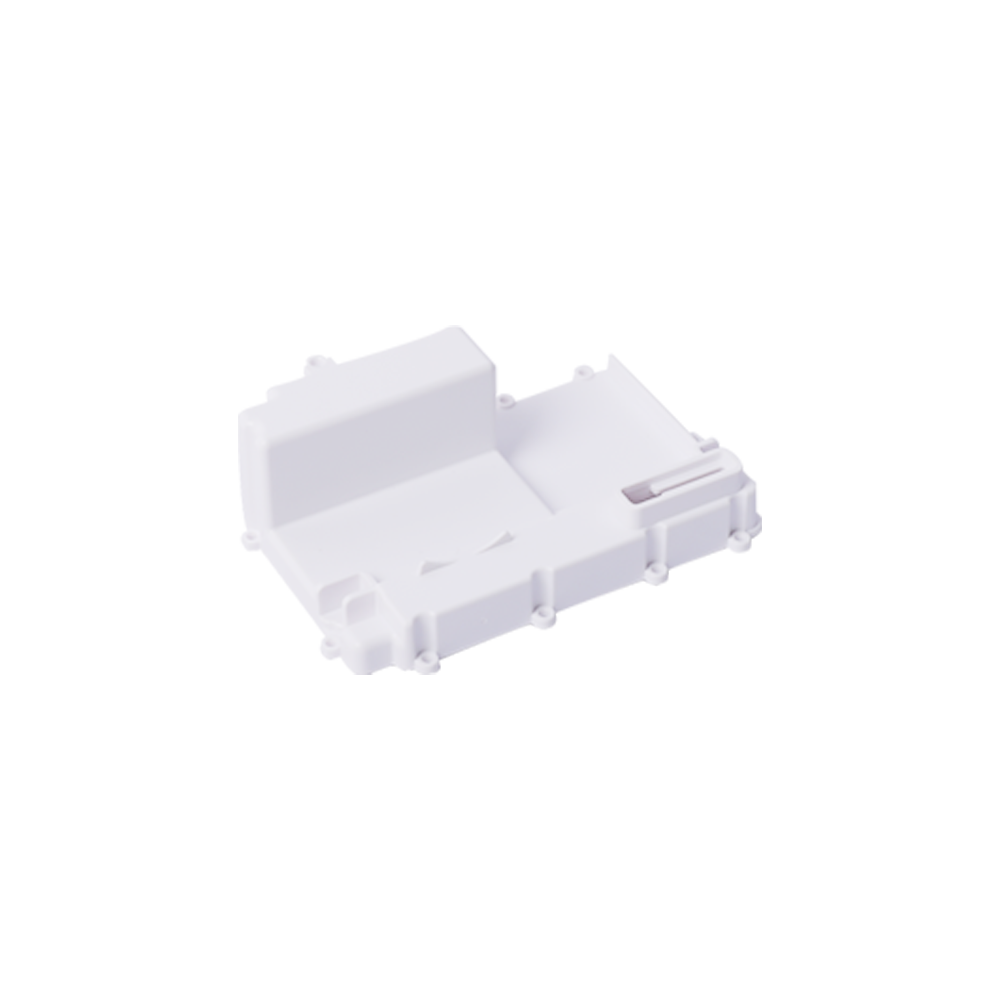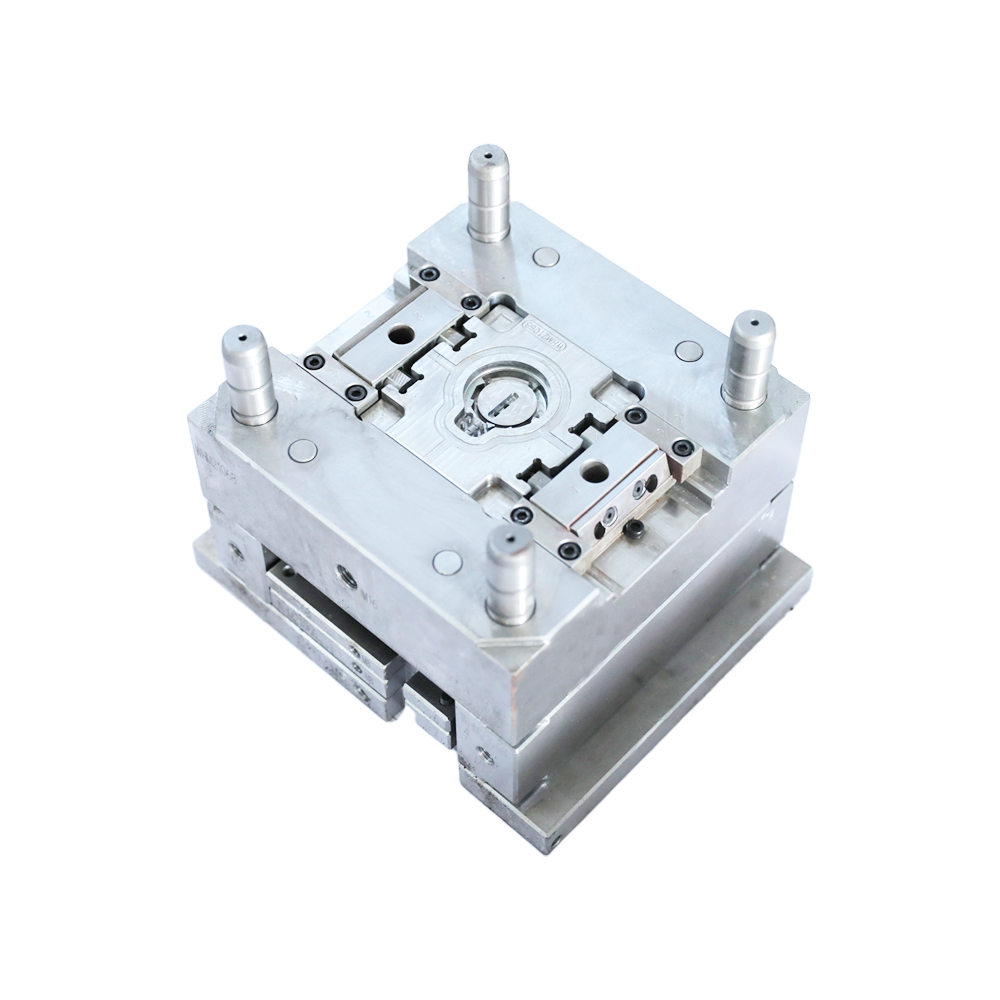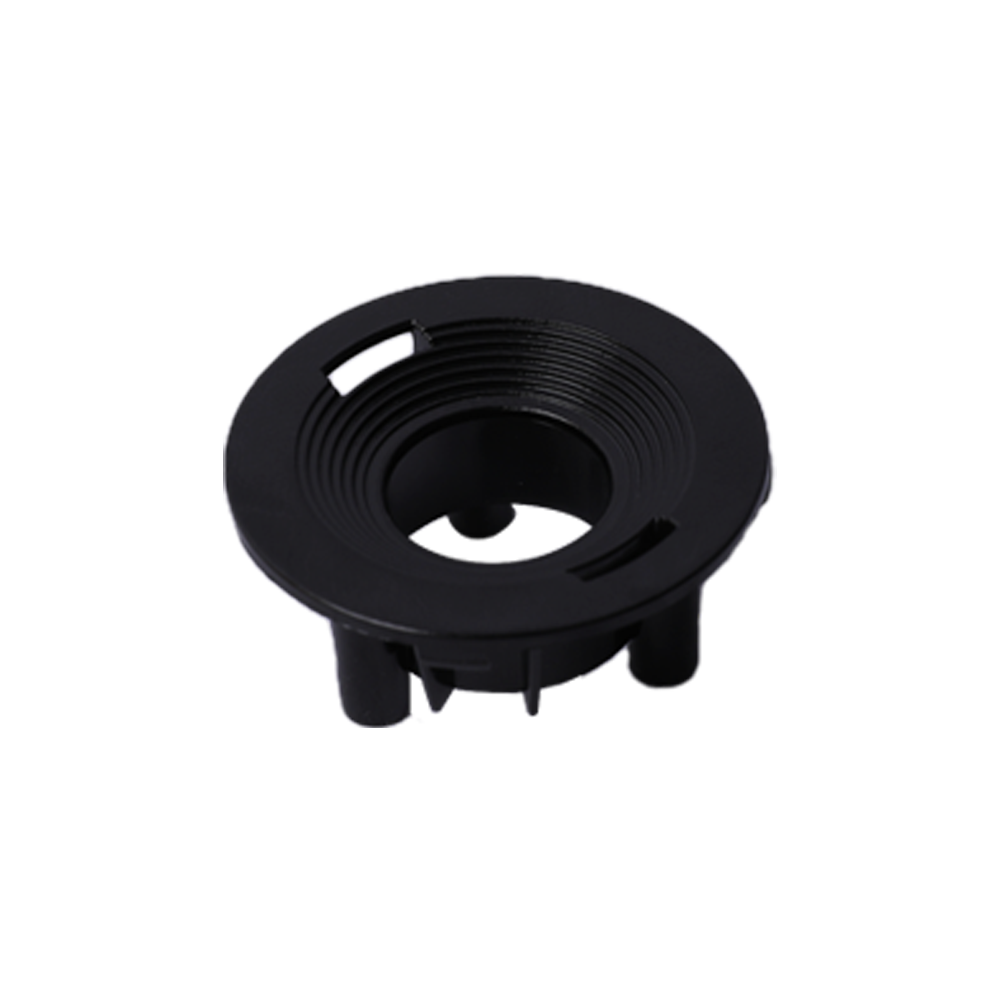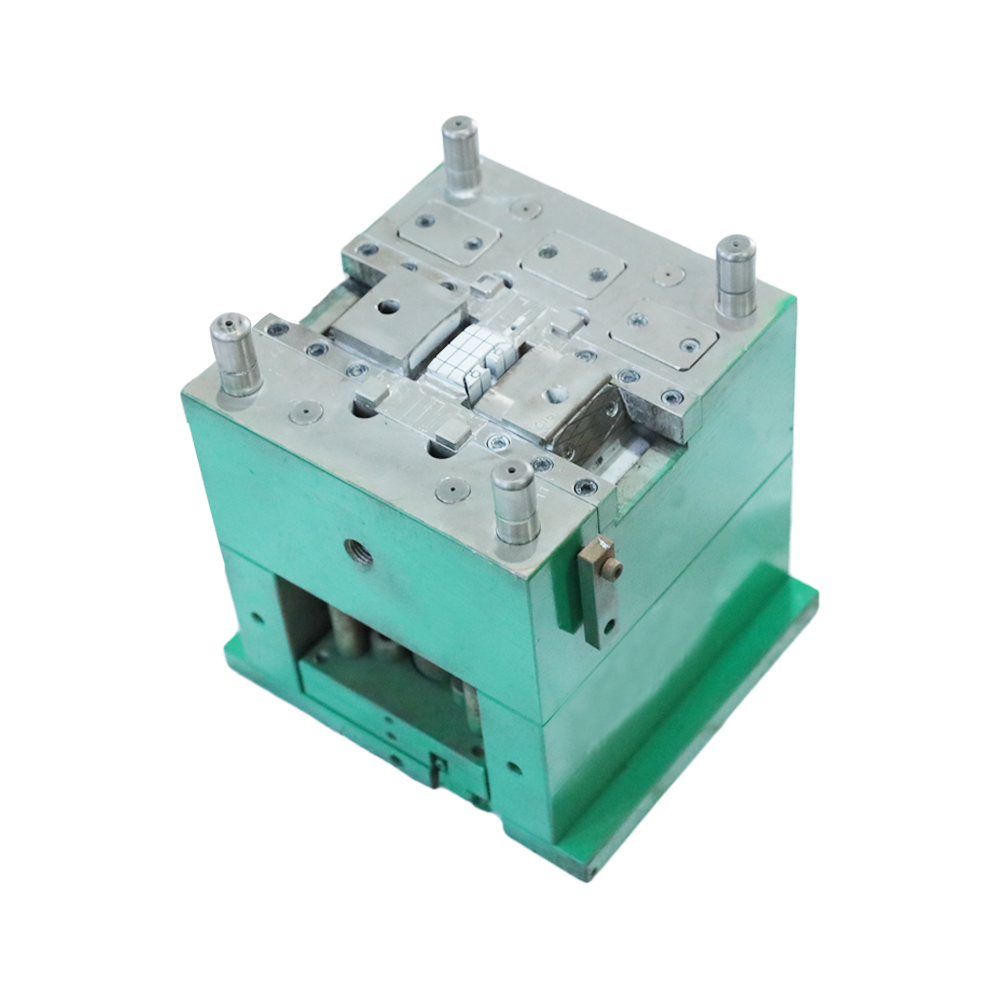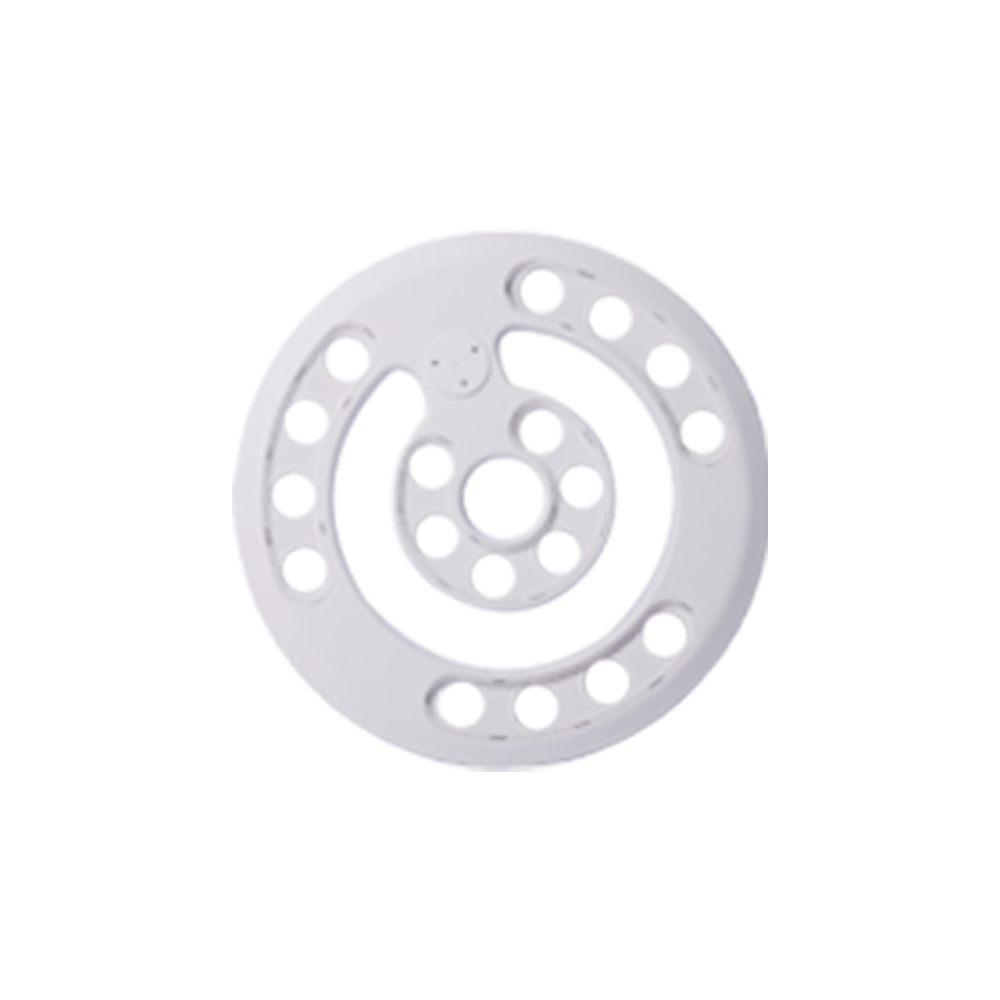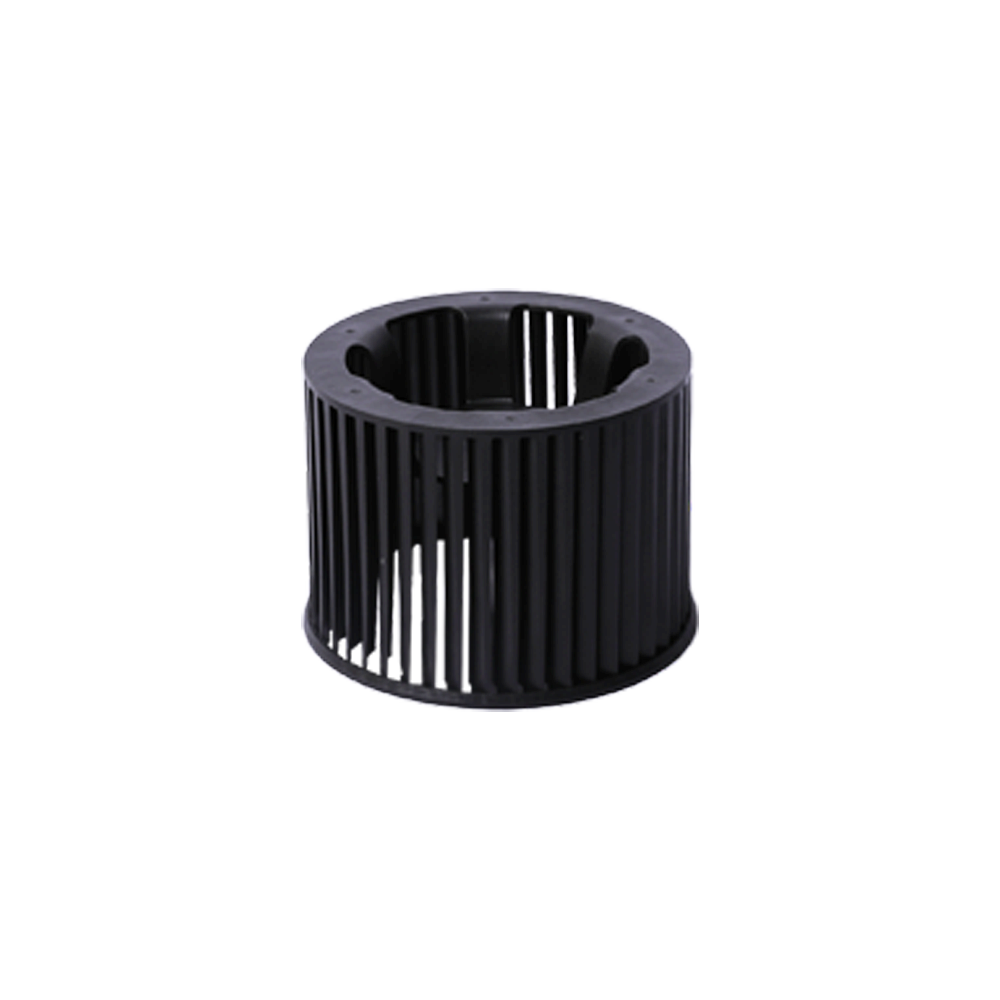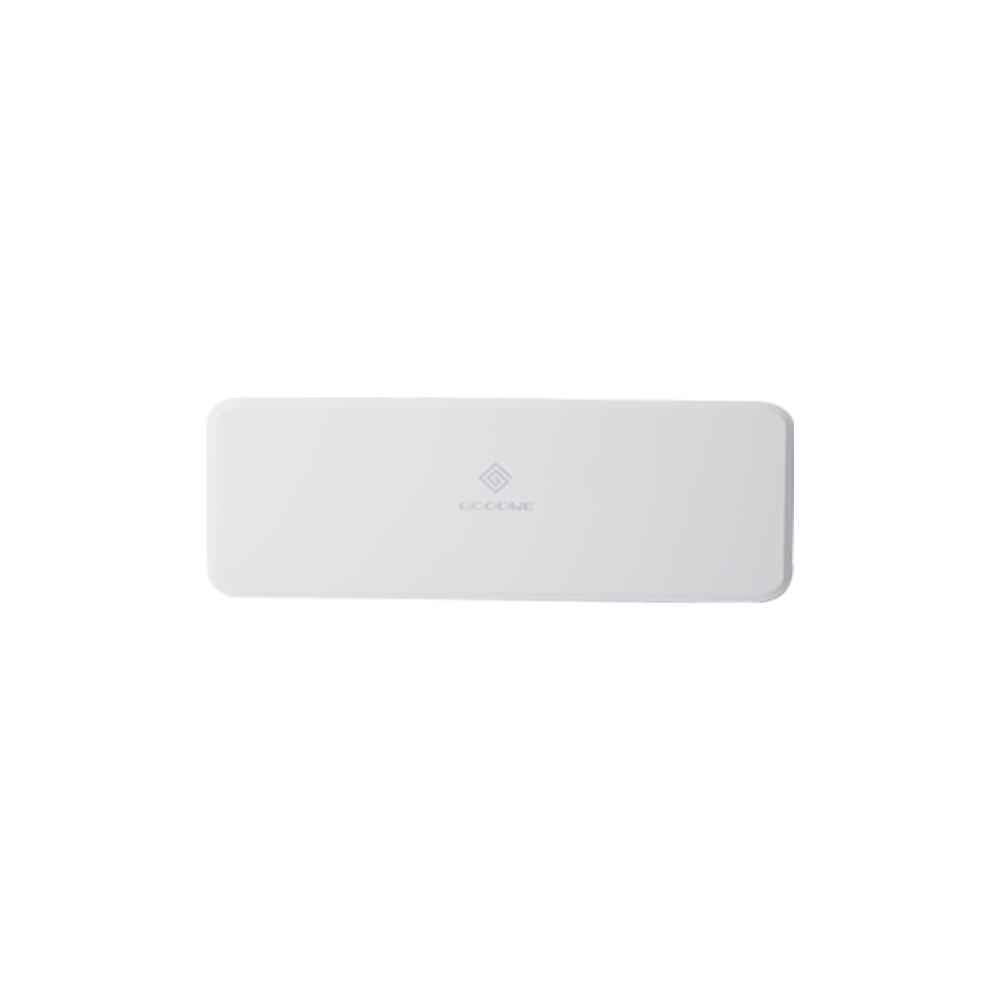Stamping die is a special process equipment for processing materials (metal or non-metal) into parts (or semi-finished products) in cold stamping process, which is called cold stamping die (commonly known as cold stamping die). Stamping is a pressure processing method that uses the mold installed on the press to exert pressure on the material at room temperature to make it separate or plastic deformation, so as to obtain the required parts. How to select materials for stamping dies?
1. Low-alloy tool steel
Low-alloy tool steel is based on carbon tool steel and added with appropriate alloying elements. Compared with carbon tool steel, it reduces the cracking tendency and quenching deformation, improves the hardenability of steel, and has better wear resistance. Low-alloy steels used for mold manufacturing include CrWMn, 9Mn2V, 7CrSiMnMoV (code CH-1), 6CrNiSiMnMoV (code GD), etc.
2. Carbon tool steel
T8A, T10A, etc. It is widely used in moulds and has the advantages of good processing performance and low price. However, the hardenability and red hardness are poor, the heat treatment deformation is large, and the bearing capacity is low.
3. High speed steel
It has the highest hardness, wear resistance and compressive strength in high-speed steel die steel, and has high bearing capacity. W18Cr4V (code 8-4-1), W6Mo5Cr4V2 (code 6-5-4-2, American brand M2) and high speed steel 6W6Mo5Cr4V (code 6W6 or low carbon M2) with less tungsten content are commonly used in moulds. High speed steel also needs to be forged to improve its carbide distribution.
4. High carbon medium chromium tool steel
High carbon medium chromium tool steel for mould includes Cr4W2MoV, Cr6WV, Cr5MoV, etc. They have low chromium content, few eutectic carbides, uniform distribution of carbides, small heat treatment deformation, and good hardenability and dimensional stability. Compared with high carbon and high chromium steel with relatively serious carbide segregation, its properties are improved.
 +86-15995701933
+86-15995701933 [email protected]
[email protected]- OEM Plastic Mould Manufacturers

 ��������
��������
